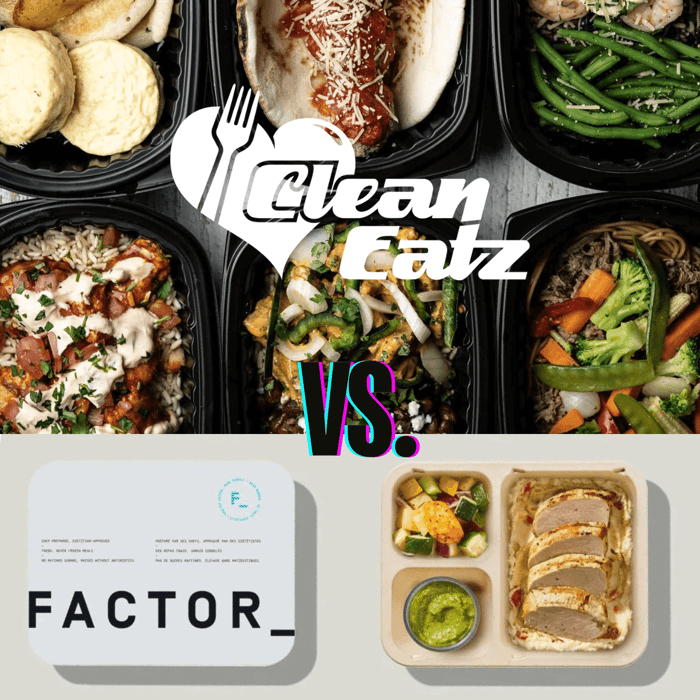How To Set Realistic Weight Loss Goals and Achieve Them

Dorothy M. Shirnyl, RND
Nutrition
|
Weight Loss
|
Healthy Lifestyle
10/06/2025 1:32pm
4 minute read
New here? Start by setting calories with our calorie-goal guide, learn high-protein basics, compare portion control vs. calorie counting, and use our what to eat list. Short on time? See meal prep for weight loss.
Why “realistic” matters
- Better adherence: Goals you can hit keep you consistent.
- Health wins start early: Even 5–10% loss improves blood pressure, lipids, and glycemia. :contentReference[oaicite:1]{index=1}
- Fewer rebounds: Moderate, steady loss is more sustainable than crash dieting. :contentReference[oaicite:2]{index=2}
How much & how fast?
Rate: Aim for roughly 1–2 lb/week (about a 500–750 kcal/day deficit for many adults). :contentReference[oaicite:3]{index=3}
Starter target: Plan to lose 5–10% of current weight over 3–6 months before reassessing. :contentReference[oaicite:4]{index=4}
Activity baseline: Work toward 150–300 minutes/week moderate cardio (or 75–150 vigorous) + 2 days/week strength. :contentReference[oaicite:5]{index=5}
Walkers: try our walking for weight loss guide. Lifters: avoid these strength mistakes.
Set SMART goals (examples)
SMART = Specific, Measurable, Achievable, Relevant, Time-bound. :contentReference[oaicite:6]{index=6}
- Outcome goal: “Lose 15 lb in 12 weeks.”
- Process goals (what you control):
- “Hit 120–150 g protein daily across 3–4 meals.”
- “Walk 8–10k steps on 5 days/week; 2 strength sessions.”
- “Meal prep 2 mains + 1 breakfast on Sundays.” (see recipes)
- If-Then plans (crucial): “If I crave snacks after 9pm, then I’ll make herbal tea and a 200-kcal protein snack.”
Your weekly action plan
- Pick 2–3 habits (protein, steps, bedtime, meal prep).
- Pre-commit: schedule workouts like appointments; order groceries.
- Design your environment: put trigger foods out of sight; keep fruit, Greek yogurt, and ready-to-heat meals handy.
- Review Sunday: reset goals; plan 3–4 default meals (see filling foods or CEK meal plans).
Tracking: what to measure (and how)
- Weekly average weight (optional daily weigh-ins; focus on the trend, not single days). Daily weighing within a behavioral program can improve outcomes. :contentReference[oaicite:7]{index=7}
- Adherence: protein target hit? steps/activity minutes? meal-prep done?
- Waist/hip every 2–4 weeks; progress photos monthly.
Prefer not to track calories? Use our portion method and keep protein anchors consistent.
How to adjust when progress slows
- Pause & audit (7–14 days): Check consistency first (meals, steps, sleep).
- Nudge activity: Add ~30–60 min/week cardio or one extra strength day. :contentReference[oaicite:8]{index=8}
- Food tweaks: keep protein steady; trim liquid calories; swap higher-volume carbs (potatoes/beans/veg) for refined ones. See plateau fixes.
- Expect plateaus: Hold course if your 2–4 week trend still declines ~0.5–1% body weight/month.
Sample timelines
Example A (180 lb person): 5% in ~8–10 weeks (~9 lb); reassess and aim for another 3–5% if desired. :contentReference[oaicite:9]{index=9}
Example B (240 lb person): 10% in ~12–24 weeks (~24 lb) with 150–300 min/wk activity + 2 strength days + high-protein meals. :contentReference[oaicite:10]{index=10}
Training days? Fuel smart with our post-workout carb guide. Need effortless options? Browse calorie-controlled meals and check macros on Nutrition Info.
FAQs
Do I have to lose 1–2 lb every week?
No—expect normal fluctuations. Use weekly averages; aim for a steady downward trend over months. :contentReference[oaicite:11]{index=11}
Is 5–10% really worth it?
Yes—this level of loss is consistently linked to better blood pressure, lipids, and blood sugar. :contentReference[oaicite:12]{index=12}
How much exercise helps with weight loss?
Work toward 150–300 min/week cardio + 2 days of strength. More can help maintenance; start where you are. :contentReference[oaicite:13]{index=13}
References
- CDC — Gradual loss (≈1–2 lb/wk) & sustainable habits. cdc.gov. :contentReference[oaicite:14]{index=14}
- Ryan DH. Weight loss & comorbidity improvement. Open access review. :contentReference[oaicite:15]{index=15}
- US HHS/CDC — Physical Activity Guidelines (150–300 min; + strength). health.gov · cdc.gov. :contentReference[oaicite:16]{index=16}
- SMART goals in health behavior. CDC brief · Lifestyle Med review. :contentReference[oaicite:17]{index=17}
- Self-weighing & self-monitoring evidence. Steinberg 2013 RCT · Madigan 2015 review. :contentReference[oaicite:18]{index=18}
- Mayo Clinic — Weekly rate & 500–750 kcal/day deficit context. mayoclinic.org. :contentReference[oaicite:19]{index=19}
Educational content only; not medical advice.



